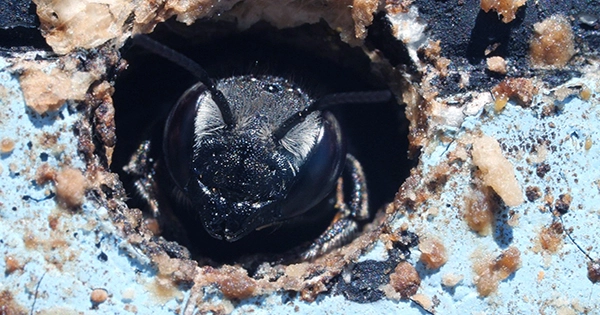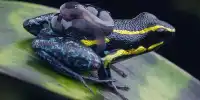Mites that live on almost every human’s face feed on the sebum that cells produce. They scurry through human hair follicles for nightly mating marathons, and recent study has shown the odd genetic impact that this petty existence has had on them. Face mites (Demodex folliculorum) are minuscule, yet a work published in Molecular Biology and Evolution exposes how simple these organisms have gotten with the aid of some major zoom-in and genome sequencing. Since they only mate with mites that are genetically identical to them, their body plans aren’t very noteworthy. They spend practically all of their time living alone on our faces, seldom seeing rival parasites.
According to Dr. Alejandra Perotti, Associate Professor of Invertebrate Biology at the University of Reading and co-leader of the study, “We found these mites have a different arrangement of body component genes than other comparable species due to their adaptation to a protected life inside pores.” Some odd physical traits and behaviors are the result of these modifications to their DNA. Each 0.3mm-long mite contains three single-celled muscles that power its tiny legs, which contain the fewest proteins of any known closely related species. Our face-feasters are nocturnal animals because of their genotype, which is so basic that they have lost the gene that would have caused them to wake up in reaction to daylight.
They don’t have any UV protection, which is a good thing because they do. D. folliculorum may hunt for melatonin by nibbling on the melatonin that is generated by our skin every night, despite not having the genes required to do so. This allows them to supplement what they need with what their human hosts have. In response to declining genetics, the mites’ sexual lives have also changed. Because the males’ penises have been forced into an awkward position (pointing upward from the front of their bodies, somewhat like a rhino’s horn), the only way they can reproduce is by standing underneath a female while they both cling to a human hair.
Strangely, while the mites are young, their bodies actually contain a wider variety of cells, but as they become older, this number decreases. This would mean that they are edging closer to becoming symbionts, a type of mutualism in which one item depends on another while providing something of value to the other. That advantage, in the instance of facial mites, may be clearing out congested pores.
It was believed that D. folliculorum lacked anuses and lived only by eating and storing excrement until they died and expelled them all, producing purported skin irritation. They do, in fact, have anuses, according to the most recent study, thus they are not responsible for the inflammation caused by explosive death feces. Dr. Henk Braig, co-lead author from Bangor University and the National University of San Juan, stated that “Mites have been blamed for a number of things.” Because of their long history with humans, they may also play other straightforward but very helpful tasks, such maintaining the openness of our skin’s pores.
















